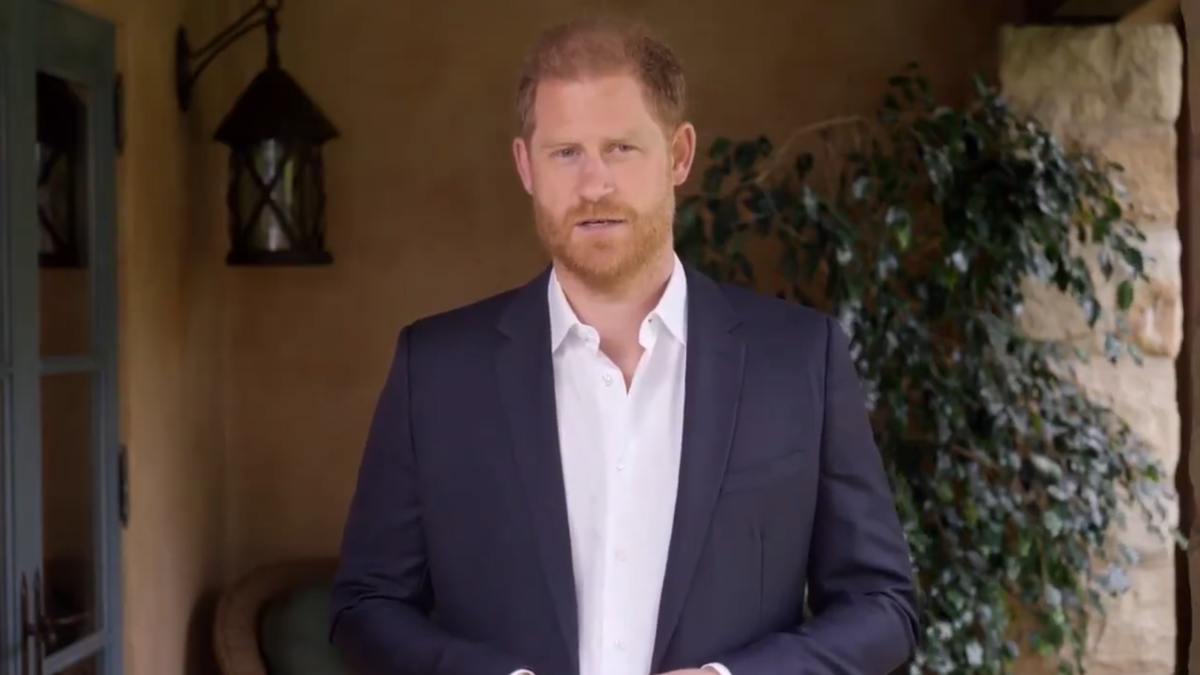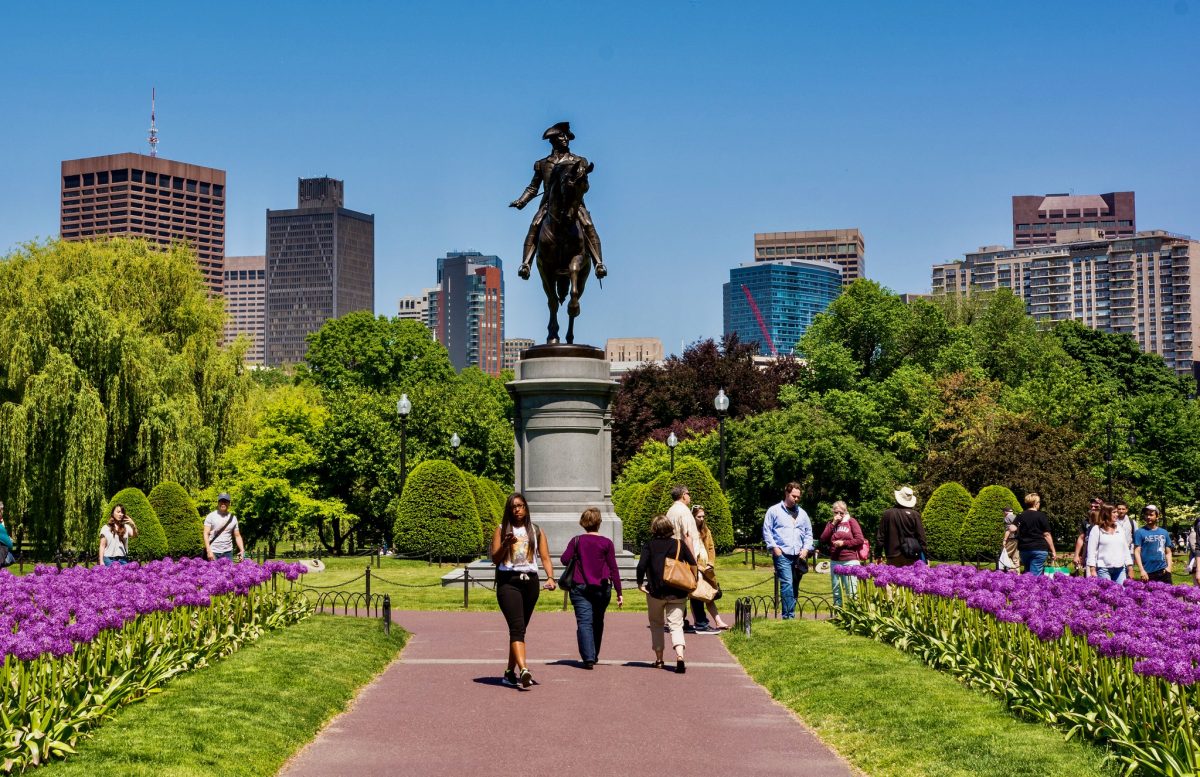U.S. Hotels Make Bold Ask for More Aid From D.C. Despite Ongoing Recovery

Skift Take
Two weeks after the $1.9 trillion American Rescue Plan pandemic relief measure was signed into law, all legislative eyes are on a massive infrastructure bill emerging as the Biden administration's next big-ticket item.
Infrastructure spending may seem like Congress is moving on from pandemic relief, but the hotel industry hopes it can use whatever plan materializes to finally get some targeted relief from its implosion during the public health crisis.
Trade groups like the U.S. Travel Association are vying for travel tax credits to be a leading part of the next round of stimulus. But the American Hotel & Lodging Association wants a hotel industry-targeted grant program akin to what the airline industry got from each of the three major coronavirus relief packages passed in the last year. The grant program would enable owners of larger properties that weren’t eligible to tap into the Paycheck Protection Program of federally backed small business loans.
“You have whole segments of our industry that did not receive any financial assistance whatsoever,” said Brian Crawford, executive vice president of government affairs at the AHLA. “We see there’s an opportunity to create a grant program to jumpstart the hotel industry job recovery to bring back people a little bit earlier than they would otherwise.”
Congress delivered $79 billion in payroll support and direct aid to U.S. airlines so far during the pandemic. Live music venues and performance halls received $15 billion in targeted aid from a relief measure passed in late 2020. Almost $29 billion in restaurant industry relief arrived with passage of the American Rescue Plan earlier this month.
About 60 percent of hotel owners qualified for PPP loans, but this was a larger program where small business owners from other industries were also turning to for relief.
It is logical for hotels to want their turn at targeted aid. The industry’s unemployment rate, at 16.5 percent, remains well above the 6.2 percent national average. The pandemic wiped out 10 years of job growth in the industry, according to an AHLA study.
But there are also signs an industry recovery is underway. The average U.S. hotel occupancy rate last week was nearly 59 percent, according to STR. Leisure travel is leading the recovery, but executives with companies like Hyatt and MGM Resorts were bullish on group business demand returning in the second half of this year.
“Clearly, with some green shoots and leisure travel recovering, you’re going to have to provide some additional context and perspective on the real impact we’re talking about,” Crawford said. “The economic loss we’ve sustained is unprecedented in our history.”
While leisure travel may propel the occupancy recovery forward, the sector usually only accounts for 30 percent of the hotel industry’s overall revenues. Optimism also doesn’t necessarily translate to confirmed reservations, and analysts expect the uncertain corporate travel and convention business rebound to be years away.
It also isn’t clear when international borders will reopen, and revenue per room — the industry's key performance metric — is still down nearly 32 percent from pre-pandemic levels.
Some of the strongest hotel occupancy rates are found in warmer markets like Miami while cities like San Francisco and New York City struggle. Roughly a third of New York’s hotels, or about 42,000 rooms, permanently closed due to the pandemic.
“I think most members of Congress understand we were the first industry impacted and will be one of the last to recover,” Crawford added. “There is an appetite to do targeted relief for those industries that have been severely impacted.”
The Legislative Ask
The AHLA’s grant proposal would provide hotel owners with funding where 60 percent would go to keeping employees on the payroll and 40 percent would go to servicing debt like mortgage payments.
While the program would apply to the entire industry, the AHLA is drafting its plan with the hardest-hit operators of properties like convention hotels in mind. Nothing is final, but there is the possibility recipients that also received a PPP loan would have to deduct their prior loan from their grant total to avoid double dipping.
“The idea here is to focus in on those hotels that have not received any financial assistance from the federal government and only found forbearance or flexibility to a certain degree from their lenders and are now struggling to service their debt or bring back their employees,” Crawford said. “That’s the sweet spot we’re trying to address.”
The organization wasn’t ready to provide a specific price tag to its proposed grant program, as there are variables regarding the amount of time each grant would need to cover. But Crawford said it was likely to fall somewhere between the $15 billion the live music sector received and the nearly $29 billion the restaurant industry got.
Accelerate a Jobs Recovery
The AHLA’s proposal comes as the U.S. Travel Association expands its push for business and travel tax credits.
A standalone bill, the Hospitality Commerce and Jobs Recovery Act, calls for a temporary business tax credit that would cover the cost of attending a convention, business meeting, or trade show in the U.S. between 2022 and the end of 2024.
Similar to the AHLA’s hotel grant program, the U.S. Travel Association is considering multiple legislative paths forward with its travel tax credit push, including incorporation into the infrastructure bill. Given the Biden administration’s plan to have the vaccine available to any U.S. adult who wants one by May, lobbyists think the summer is the right time to shift from survival mode to actual stimulus.
“We recognize infrastructure is a huge priority of this administration and Congress, and a stimulus-type proposal goes well with infrastructure,” said Tori Barnes, executive vice president of public affairs and policy at the U.S. Travel Association. “It seems like there may be bipartisan support in moving something forward in that vein.”
The two lobbying groups aren’t working against each other and support the other’s plans. But the U.S. Travel plan aims to take the federally funded training wheels off some of these struggling sectors and actually induce demand to fill planes and hotels. The organization claims the travel tax credits would bring back as many as 1.5 million jobs and potentially accelerate an industry recovery from its current 2025 target.
“If we can shorten that by a year or two years, that’s going to be much better for the broader country,” Barnes said.




